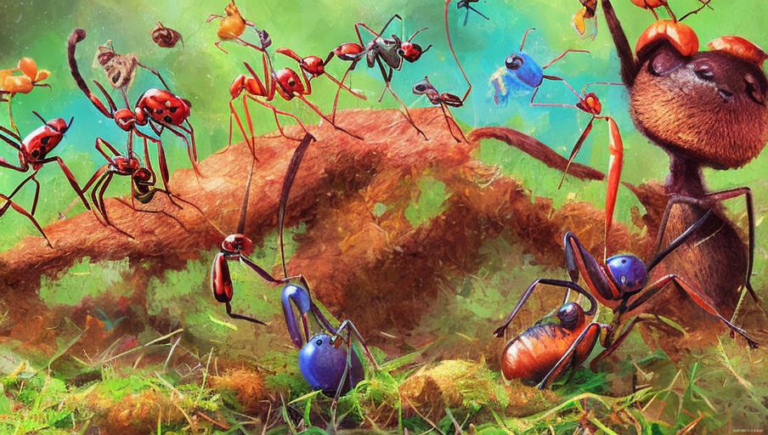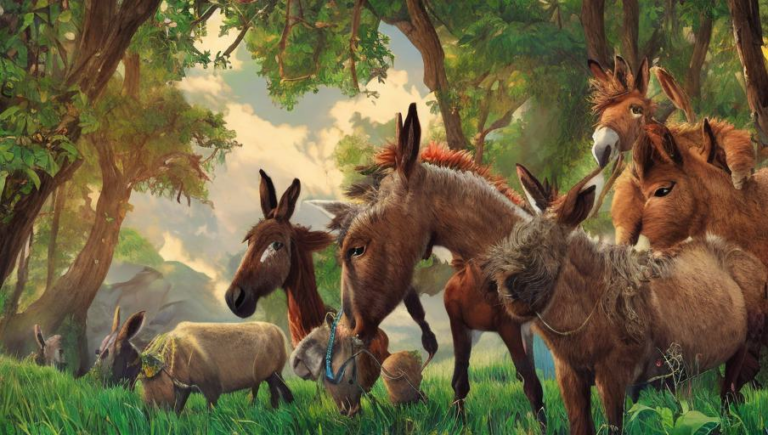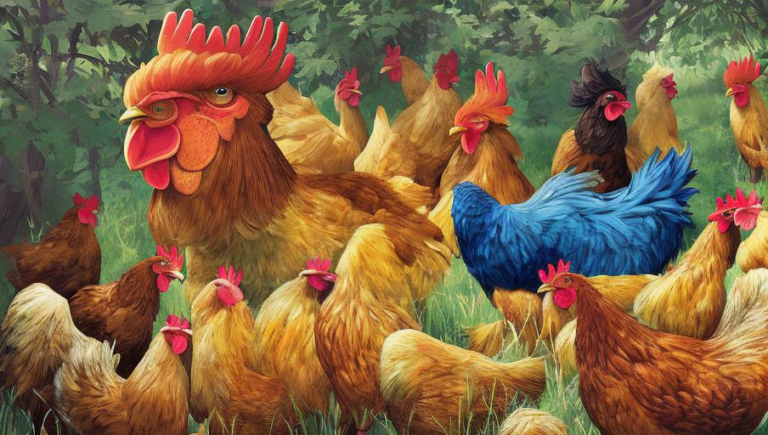Venerable Bear Tracking Techniques

Tracking Bears Through the Ages
Bears, one of the oldest and most recognizable creatures on this planet, have been tracked and studied for centuries. They have been a source of fascination for many cultures, and their habits and behaviors have been observed and documented for centuries. While there have been many advances in technology, some of the most reliable methods of tracking bears are still the same ones used by our ancestors.
Dung and Tracks
One of the oldest and most commonly used methods of bear tracking is through observing their tracks and droppings. Bears are very active animals, and as such, they leave a lot of evidence that can be used to track them. Bears also have a habit of marking their territories with their droppings, which can be used to tell when and where they have been. By looking for different patterns and types of dung, trackers can determine what type of bear they are dealing with and where they are likely to be found.
Signs of Activity
Another way to track bears is by looking for signs of activity. Bears tend to leave a lot of signs in the environment that they have been in. They often leave marks on trees and other plants, as well as signs of digging and burrowing. Such signs can be used to tell trackers where the bear is likely to be. This method of tracking is particularly useful when trying to find a bear that is avoiding human contact.
Observations
Observation is another method of bear tracking that is still used today. By observing a bear’s behavior, trackers can gain insight into the animal’s habits, diet, and even its movements. By watching closely, trackers can also learn more about the bear’s environment, such as the types of food it prefers and the areas it is likely to inhabit. This method of tracking bears is useful for both research and conservation.
Modern Technology
Modern technology has opened up more possibilities for bear tracking. Radio collars, GPS trackers, and camera traps can all provide valuable data on the movements and habits of bears. By using such technology, trackers can gain a better understanding of the habits of different species of bears and how they interact with their environments. This information can be used to help inform conservation efforts and research.
Conclusion
Bear tracking is an important part of research and conservation. By using the methods described above, trackers can gain valuable insights into the habits and behaviors of bears. By combining these methods with modern technology, trackers can gain even more information about these magnificent creatures.





